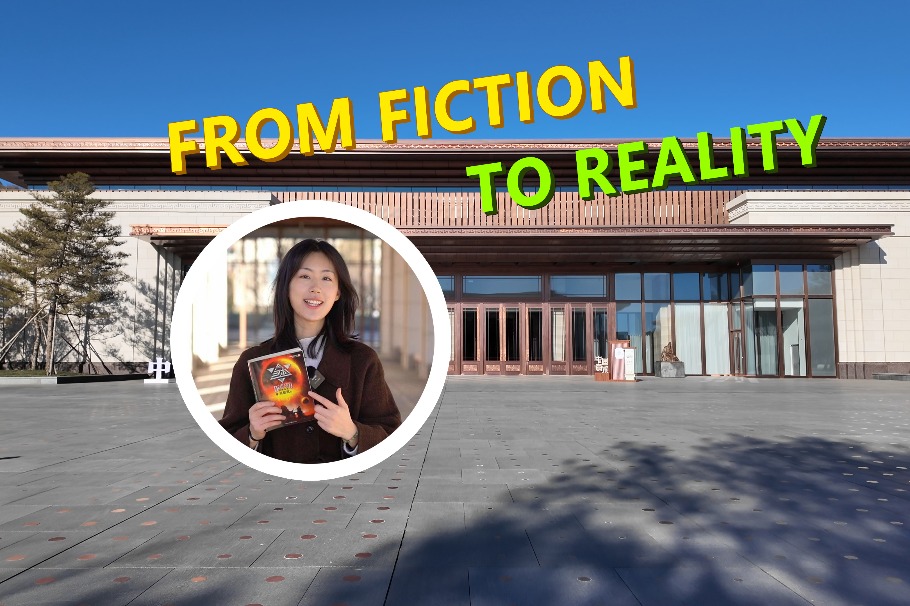Well-versed epic
By Xu Fan | China Daily | Updated: 2023-07-17 07:42

There and then
In order to accurately convey the Tang poetry and better translate the cultural context embedded in the dialogue, the production team invited Linda Jaivin, an Australian Sinologist, to assist with the translation process.
"Jaivin's translation work began in the first half of last year. cDespite her already extensive knowledge of Chinese culture, she found some poetry lines and place names to be quite challenging, requiring careful consideration and repeated contemplation," says Song Yiyi, the movie's producer, during an interview with China Daily.
Interestingly, all the characters in the movie, including horses, have a sturdy and robust appearance, unlike the slender and slim characters commonly seen in most previous animated films set in ancient China.
Remaining loyal to the Tang Dynasty's artistic style was one of the production team's major guidelines in crafting the movie. Xie Junwei, who co-directed the movie alongside Zou Jing, explains the distinctive design approach was inspired by the dynasty's sculptures, figurines and mural paintings showcased in museums.
In early July 2021, the creators traveled to the major historical sites depicted in the movie, including various places in Tongguan county in Shaanxi province, where general Geshu Han resisted the rebellious forces, to Yellow Crane Tower in Wuhan, Hubei province, a culturally significant landmark which has been celebrated in numerous poems.
Zou adds that when he stood on the high floor of an ancient building in Tongguan, overlooking the vast and distant land, he suddenly had a feeling of transcending time. It was as if he could see Geshu, old and frail, suffering from illness more than 1,000 years ago, trembling beside him. This experience helped the director understand the helplessness and anguish that Geshu faced when confronted with the formidable force arrayed against him.
The rigorous preparations for the movie included reading materials from more than 100 ancient archives, documents and relevant books. The movie features a total of 48 poems, with Li Bai's masterpiece, Qiang Jin Jiu (Invitation to Wine), at the heart of the most visually stunning scene.
The poem was composed in the year 744. At that time, Li Bai was defamed by a powerful courtier, which led to him losing the favor of the emperor. Consequently, he was compelled to leave Chang'an and wandered in the mountains with a few close friends as a means to alleviate his sadness at being unappreciated despite his great talent.
"From the very beginning of our preparations, we envisioned Qiang Jin Jiu being the pinnacle of the entire film. The animation production for this poem alone took us almost two years, and the overall production of the film spanned a total of three years," says director Xie.
In the film, the entire scene is animated with vibrant colors, immersing the audience in a fantastical experience. Audiences can see Li Bai and his companions — as if in a hallucination after drinking a lot — seated on the backs of celestial cranes, soaring into the magnificent splendor of a heavenly palace.
























